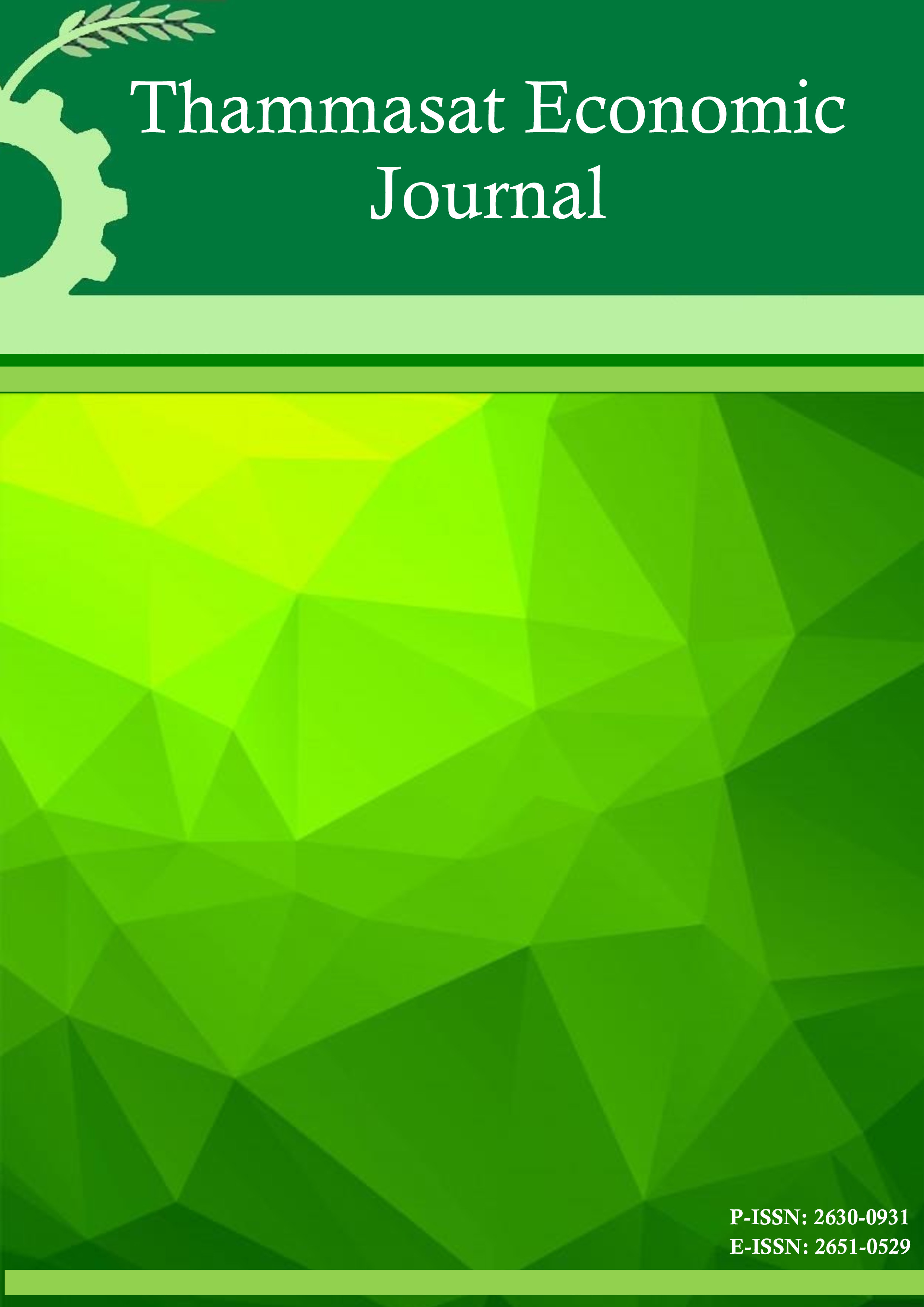Immigration and Native Wages
An S-curve Relationship
Abstract
This paper presents a tractable theoretical model in which native wages and the number of migrants exhibit an s-curve relationship. In this model, with a very small or with a very large number of migrants, more migrants depress native wages. However, with an intermediate number of migrants, native wages are increasing in the number of migrants. Whether natives can benefit from migrants, and native wages can rise above its pre-migration level or not depends on the productivity difference between natives and migrants, and the size of the sector in which migrants have a comparative advantage.
References
2. Borjas, G. (1987) “Self-Selection and the Earnings of Immigrants,” American Economic Review, 77: 531-53.
3. Borjas G. (1994) “The Economics of Immigration,” Journal of Economic Literature, 32(4): 1667-1717.
4. Bryant J. and P. Rukumnuaykit (2007) “Does Immigration to Thailand Reduce the Wages of Thai Workers?” Institute for Population and Social Research (IPSR), Mahidol University. Mimeo.
5. Carter, T.J. (1999) “Illegal Immigration in an Efficiency Wage Model,” Journal of International Economics, 49: 385-401.
6. Ethier, W. (1985) “International Trade and Labor Migration,” American Economic Review, 75: 691-71.
7. Friedberg, R. and Hunt, J. (1995) “The Impact of Immigrants on Host Country Wages, Employment and Growth,” Journal of Economic Perspective, 9:23-44.
8. Kulkolkarn K. and Potipiti T. (2007) “Immigration, Wages and Unemployment in Thailand”. Chulalongkorn Journal of Economics, vol: 19/1 April 2007, p.1-22.
9. LaLonde, Robert J. and Topel, Robert H. (1991), “Labor Market Adjustment to increased Immigration,” in John M. Abowd and Rochard B. Freeman (eds.), Immigration, Trade and the Labor Market, Chicago: University of Chicago Press.
10. LaLonde, R. and Topel, R. (1997) “Economic Impact of International Migration and the Economic Performance of Migrants,” in M.R. Rosenzweig and O. Stark (eds.), Handbook of Population and Family Economics: Amsterdam: Elseview Science B.V., pp. 799-850.
11. Manning C. and Bhatnagar, P. (2004) “The Movement of Natural Persons in Southeast Asia: How Natural?,” Technical Report Working Paper in Trade and Development No.2, Economics, RSPAS, ANU.
12. Martin, P. (2004) Improving the Management of Foreign Workers, Case Studies on Five Industrial Sectors, International Organization for Migration and International Labour Office, Bangkok.
13. Muller, T. (2003) “Migration, Unemployment, and Discrimination,” European Economic Review, 47(3): 409-427.
14. NESDB. National Economic and Social Development Board. No date. THA/93/P10. A Policy Study on the Management of Undocumented Migrant Workers in Thailand, Part B. Mimeo.
15. Pitayanon, S. (2001) “Migration of Labour into Thailand,” Chulalongkorn Journal of Economics, 13: 1-42.
16. Thailand Development Research Institute (TDRI), (2004) Thailand: Improving the Management of Foreign Workers. International Organization for Migration and International Labour Office, Bangkok. In Collaboration with Institute for Population and Social Research (IPSR), and Asian Research Center for Migration (ARCM).










